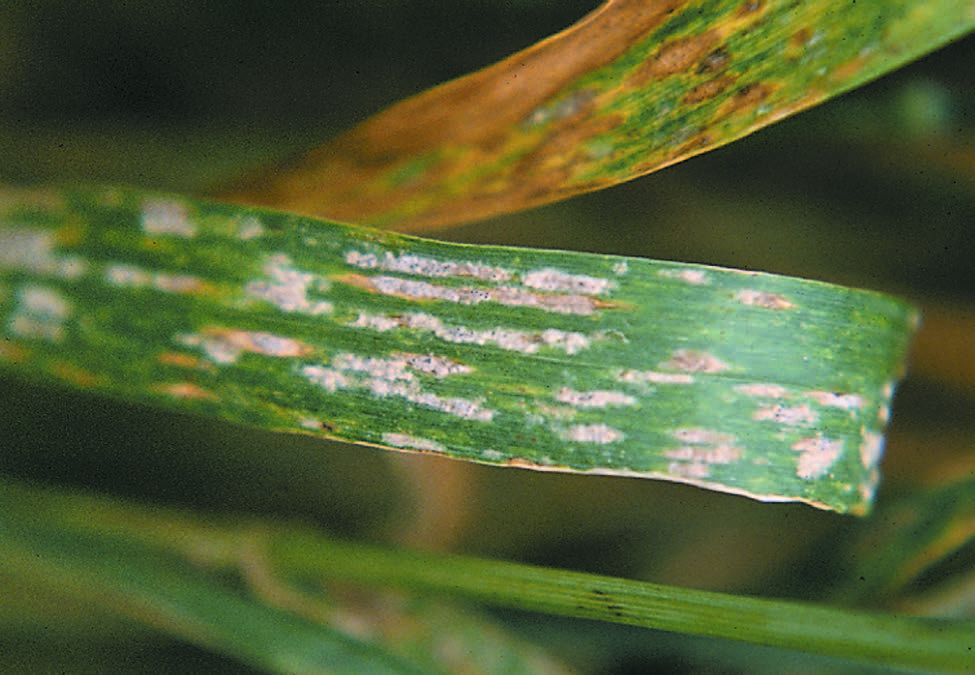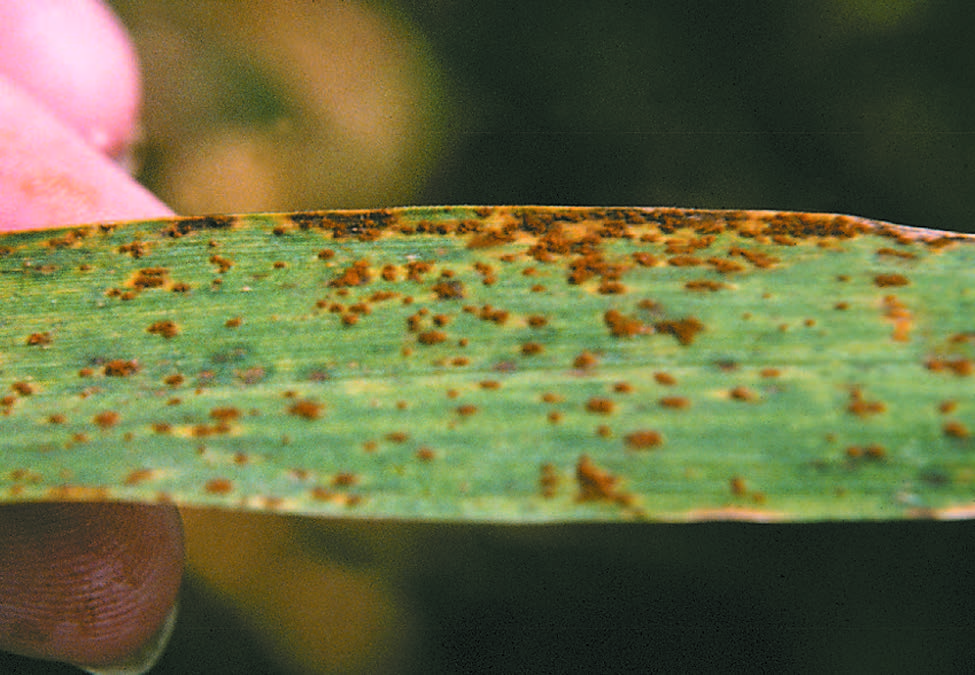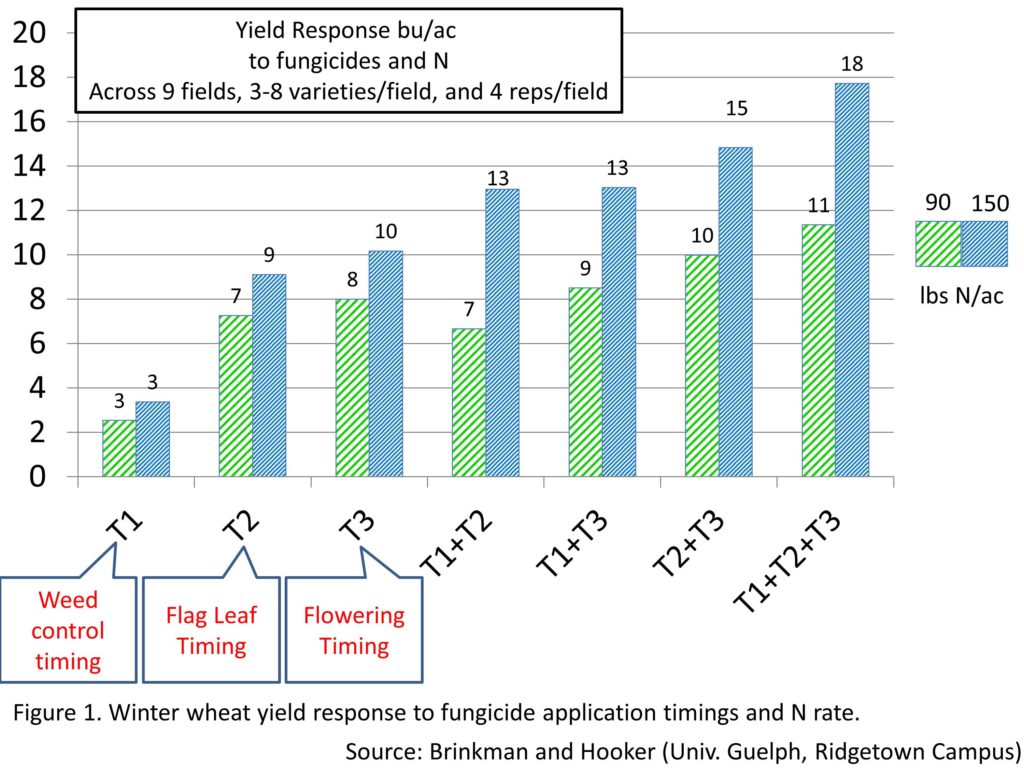Winter Wheat: The majority of winter wheat has received nitrogen (N) applications. Farmers are including sulphur with the N application, because of lower atmospheric deposition of sulphur across the province in recent years. Much of the winter wheat across the province is at high risk for lodging because of high tiller densities. At this stage, lodging risk is managed the most effectively by adjusting N rates and timing. Other research has shown increased lodging in canopies with leaf and stem diseases. Therefore, an early fungicide application (at or before the onset of disease) may improve standabilty if leaf and stem diseases can be controlled. Currently, the developmental stage for most of the winter wheat crop is between Zadoks 25 to 32 and as such many farmers will turn their attention to integrated pest management activities. There have been reports of tan spot and powdery mildew found in fields so scouting for these and other diseases such as rust will be very important. Rust overwintered in Kentucky (further north than normal) and spores are expected to reach Ontario earlier than normal with south winds. Fungicide applications are good at preventing rust damage, but not as effective at protecting the plant from damage once infected. The yield impact to fungicides applied at various growth stages will depend on crop management such as nitrogen rate, environmental conditions and disease pressure. The Figure below provides an overview of average yield responses to fungicide application timings and N rates across multiple fields and varieties. Yield responses to fungicide were at least 50% greater than those in the Figure on susceptible varieties and environments favorable for disease.
Corn: Planting started with a few larger growers as early as the week of April 11-15th but most growers have not been eager to seed large acreages yet. Although there were fields fit for planting by the weekend of the 23rd in many areas, the colder temperatures slowed planting enthusiasm. It’s expected that once things dry up after the rain event on April 26th that corn planting will begin in earnest. There is some interest in inter-seeding annual ryegrass into corn. Herbicide selection is an important consideration for making this work as some herbicides will significantly reduce establishment of the annual ryegrass cover crop. Preliminary research out of Quebec and by Dr. Darren Robinson (University of Guelph, Ridgetown Campus) has indicated that Converge XT, Engarde and the 292 mL/ac rate of Integrity are the safest options when inter-seeding annual ryegrass.
Soybean: No significant amount of planting has occurred yet. If farmers are growing Identity Preserved soybeans this season, make sure to check with the entity that you have a contract with to identify any pesticide restrictions. For some new herbicides, “maximum residue levels” (MRL’s) may not have been established in the country where they will be exported to and therefore cannot be applied to the crop.
Scouting Tips for Integrated Pest Management – Cereal Disease Diagnostics
Figure 2. Tan spot with tan coloured lesions with yellow margins on the cereal leaves.
Figure 3. Powdery mildew produces white to grey fungal growth on the lower leaves and moves up the plant.
Figure 4. Leaf rust affects the leaf blades and sheath. Small, yellow-brown spots contain orange to orange-brown spores.

Upcoming Field Days:
Southwest Crop Diagnostic Days – July 6-7 (Ridgetown College)

